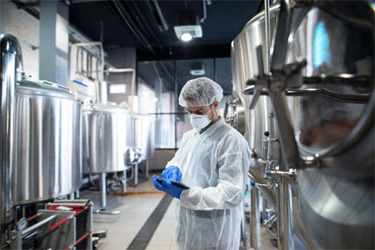Lift Your CLC Expectations To A New Level
By James Taylor, Lai-Kay Cheung, Carol Bentley, Arina Alfred, Sarah Turner, Ramón Gómex de la Cuesta

Reducing time from gene to IND is an important consideration in developing new processes and decreasing the cost for customers. Through the use of GS piggyBac® transposon technology, a substantial improvement can be achieved by pseudo-targeting DNA cargos to integration sites where expression of recombinant proteins are likely to be higher in a wide variety of cell types. When used in combination with the Beacon® Optofluidics system, additional resource and time savings can be achieved.
Transfected pools were generated for 4 monoclonal antibodies (mAbs) using GS piggyBac® and their respective random integration (RI) controls. The pools were then loaded into the Beacon® Optofluidics system for clonal selection. The best performing clones were selected based on their relative titre and cell specific productivity (qP), isolated and triaged through the remaining cell line construction (CLC) process to select the top expressors. These clones were evaluated using Lonza's proprietary production process in fed-batch automated miniature bioreactors (ambr™15). A cell line stability study (70 generations) was also conducted on selected clonal cell lines at both early and late generation cultures.
Overall, cell lines generated using the GS piggyBac® system demonstrated higher yields (>20% average increase) and specific productivity for monoclonal antibodies relative to random integration clones. Product characteristics and stability were comparable in GS piggyBac®-derived clones and RI control clones. In addition, the timeline from transfection to clone selection was shown to be accelerated with GS piggyBac®.
Get unlimited access to:
Enter your credentials below to log in. Not yet a member of Pharmaceutical Online? Subscribe today.
